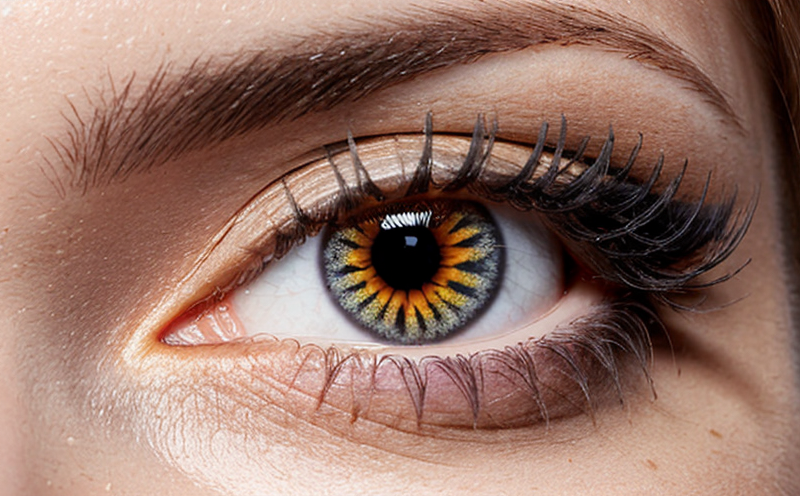Eye Irritation & Ocular Safety for Cosmetics
The safety of cosmetic products is paramount in ensuring consumer protection and compliance with regulatory standards. Eye irritation tests are critical in this context, as they help ensure that cosmetics do not cause harm when used as intended. This service focuses on evaluating the ocular safety of cosmetic formulations to prevent potential adverse effects.
In the realm of cosmetics, eye irritation testing is governed by several international standards such as ISO 10993-10:2016 and ASTM F854. These guidelines provide a framework for assessing the potential ocular irritation caused by cosmetic products. The tests are designed to identify any substances that might be harmful when in contact with the eye, ensuring that consumers can use these products safely.
Understanding the importance of this service requires an overview of its significance in various sectors. For instance, quality managers and compliance officers rely on this data to ensure their products meet regulatory standards. R&D engineers benefit from detailed test results to refine product formulations. Procurement professionals also find value in these tests as they help select suppliers who adhere to high safety standards.
The process of conducting eye irritation tests involves several steps, starting with the selection of appropriate specimens for testing. Specimens must be representative of the intended use and should include various concentrations of the cosmetic product. Once selected, these specimens undergo rigorous preparation in a controlled environment. The specimens are then exposed to the test conditions as per the specified protocols.
During the testing phase, it is crucial to monitor the specimens carefully for any signs of irritation or adverse reactions. This includes observing changes in coloration, swelling, or other visual indicators that might suggest ocular irritation. After the exposure period, the specimens are assessed using standardized methods such as slit-lamp examination and fluorescein staining.
The results from these tests provide valuable insights into the potential hazards associated with a cosmetic product. Compliance officers use this information to ensure their products meet regulatory requirements. Quality managers can leverage these findings to improve product safety and reduce the risk of adverse events. R&D engineers find these outcomes essential for refining formulations and developing safer alternatives.
Eye irritation tests are not only crucial for compliance but also play a vital role in protecting consumers from potential harm. By adhering to international standards and conducting thorough tests, we ensure that cosmetic products meet the highest safety standards.
Scope and Methodology
| Test Type | Description |
|---|---|
| Recombinant Allergen Model | This test uses recombinant allergens to simulate ocular irritation, providing a controlled and reproducible environment for testing. |
| Eye Irritation Test (ISO 10993-10:2016) | This standard specifies the methods for assessing the potential ocular irritation caused by medical devices or materials used in contact with the eye. |
| Fluorescein Staining | An assessment tool to identify corneal and conjunctival damage, this method uses fluorescein dye to visualize any injury. |
Benefits
- Ensures compliance with international standards such as ISO and ASTM.
- Reduces the risk of product recalls due to safety concerns.
- Promotes consumer trust by demonstrating a commitment to product safety.
- Aids in the development of safer cosmetic formulations.
- Facilitates smoother market entry through regulatory approval.
- Enhances brand reputation and customer loyalty.
- Saves time and resources by identifying potential issues early in the product lifecycle.
Use Cases and Application Examples
The application of eye irritation tests is extensive across various industries, with specific examples in the cosmetic sector. For instance, a quality manager at a major cosmetics company uses these tests to ensure that all new products meet strict safety standards before they reach the market.
R&D engineers often collaborate closely with compliance officers and procurement professionals to refine test protocols and select appropriate specimens for testing. This collaborative approach ensures that the results are both accurate and actionable.
Procurement teams benefit from these tests by selecting suppliers who adhere to high safety standards, thereby ensuring that all incoming materials meet the required specifications. This collaboration across departments fosters a culture of safety and compliance within the organization.





